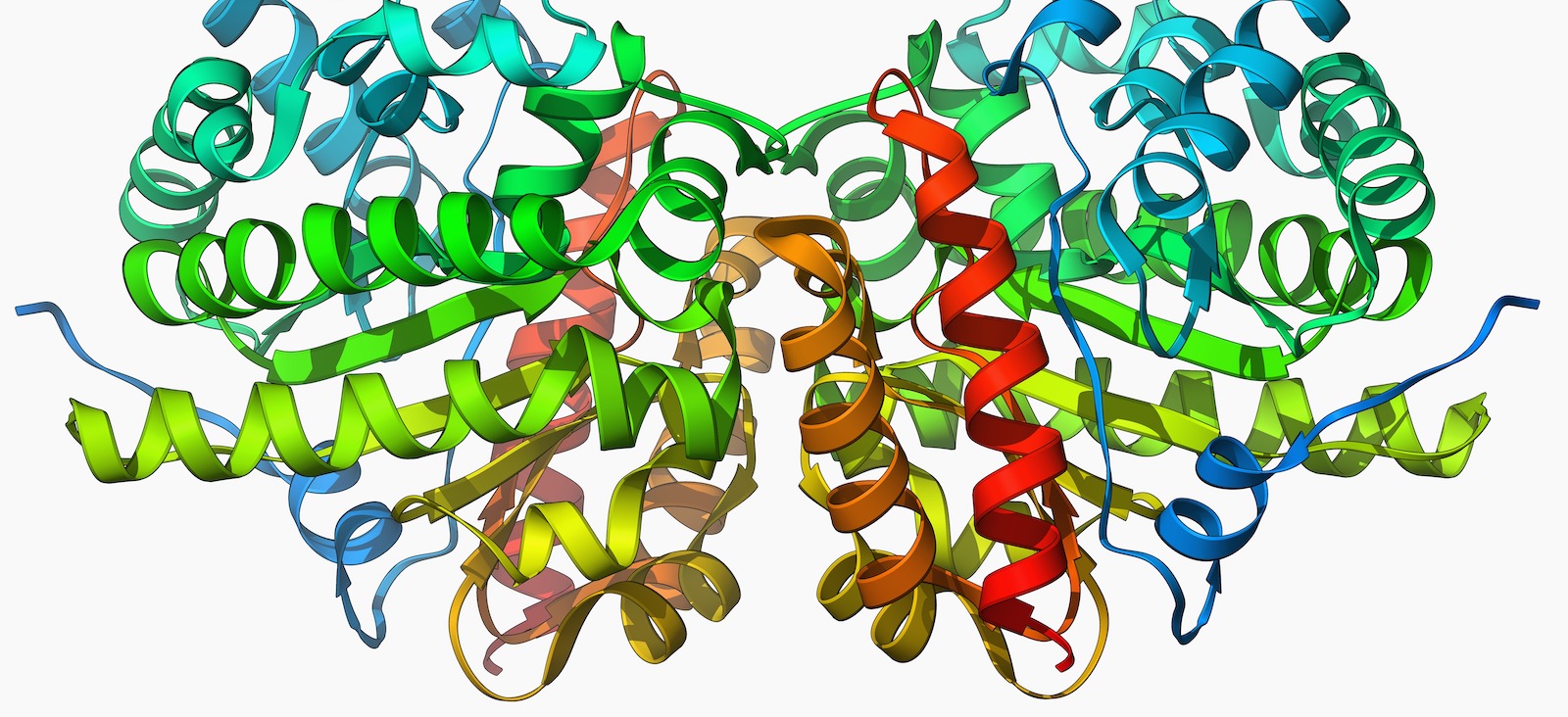Causes and Risk Factors of Porphyria
Porphyria is caused by a relative lack of one of several specific enzymes needed during the production of heme, an important component of hemoglobin. The particular enzyme missing determines the type of porphyria.
Because most types of porphyria are inherited, a person is at a higher risk of having the disease when one or both parents have it.
PCT, unlike other types of porphyria, is typically acquired – although there is likely a genetic component as well. PCT can be triggered by the presence of hepatitis C or human immunodeficiency virus (HIV).
In addition to hepatitis C and HIV, other factors that can activate PCT include:
- Smoking
- Heavy alcohol use
- High levels of iron in the body
- Medications that contain estrogen
- Genetic modifications from a disorder that causes excessive iron absorption in the body (hemochromatosis)
Additionally, certain environmental risk factors can lead to signs and symptoms of both acute and cutaneous porphyria. These “triggers” increase the body’s demand for heme, which can overwhelm the deficient enzyme and lead to the accumulation of porphyrins.
These risk factors include:
- Sunlight exposure
- Physical or emotional stress
- Recreational drug use
- Fasting or dieting
- Certain drugs, such as hormone medications
- Menstrual hormones
Symptoms of Porphyria
Most people who carry the abnormal genes associated with porphyria have no signs.
When signs do appear, they differ depending on the type of porphyria.
Symptoms of acute porphyria include:
- Severe abdominal pain, which can last for a few hours or a few days
- Nausea and vomiting
- Chest, arm, leg, or back pain
- Constipation
- Brown or red urine
- Inability to completely or partially empty the bladder (urinary retention)
- Muscle weakness, pain, tingling, or paralysis
- Seizures
- Mental changes, such as paranoia or hallucinations
- Seizures
- Irregular or rapid heartbeat
Symptoms of cutaneous porphyria occur when the skin is exposed to sunlight. The face as well as the back of the forearms, hands, neck, and arms are usually affected.
Signs can include:
- Itching
- Swelling
- Blisters or abrasions
- Scarring of sun-exposed areas
- Excessive hair growth
- Fragile skin
Diagnosing Porphyria
Porphyria can be difficult to diagnose; because it is so rare, it is often overlooked, particularly because symptoms resemble those of other, more common diseases.
At UT Southwestern, our experienced hepatologists conduct a thorough evaluation, which begins with a:
- Physical exam
- Review of personal medical history
- Discussion of symptoms
Biochemical tests are needed to make a definitive diagnosis of porphyria and to determine which type of the disease a patient has:
- Blood and urine tests: These are the main screening tests used to detect and measure porphyrins and other porphyrin precursors.
- Stool test: Fecal examination is sometimes used to confirm porphyria.
- Genetic testing: The genes linked to each of the porphyrias have now been identified and can provide confirmation of the specific defect found with the blood and urine testing.
Treatment for Porphyria
Treatment for porphyria depends on the disease type. Our approach focuses on detecting and preventing symptom triggers – and when they do occur, alleviating them.
Acute porphyria treatment
An acute porphyria attack might require a hospital stay, which can include treatments such as:
- Intravenous (IV) heme or glucose infusions: Delivering heme or glucose directly into a vein can help reduce the number of porphyrins or porphyrin precursors made in the liver.
- Medication: Givosiran (Givlaari) can help decrease the toxins linked to the attacks by specifically interfering with the compensatory overproduction of one of the porphyrin-producing enzymes. The drug binds to the messenger RNA that controls enzyme synthesis. As a novel FDA-approved medication, Givlaari is very expensive. Patient support for covering its cost may be available.
Lifestyle changes – such as avoiding heavy alcohol use, not smoking, and eating a healthy diet – can reduce acute porphyria symptoms and prevent future attacks.
For severe cases of acute porphyria that don’t respond to treatment, we might recommend other treatments, such as:
Cutaneous porphyria treatment
Reducing exposure to sunlight is an important part of cutaneous porphyria treatment.
We might recommend certain treatments that ease symptoms by reducing the number of porphyrins in the body. These include:
- Phlebotomy: Periodically drawing blood can reduce iron in the body, which decreases porphyrins.
- Medications: Malaria drugs such as hydroxychloroquine (Plaquenil) can absorb excess porphyrins and help the body eliminate them more quickly.
We might also recommend a supplement for vitamin D deficiency, a common side effect of avoiding sunlight.




